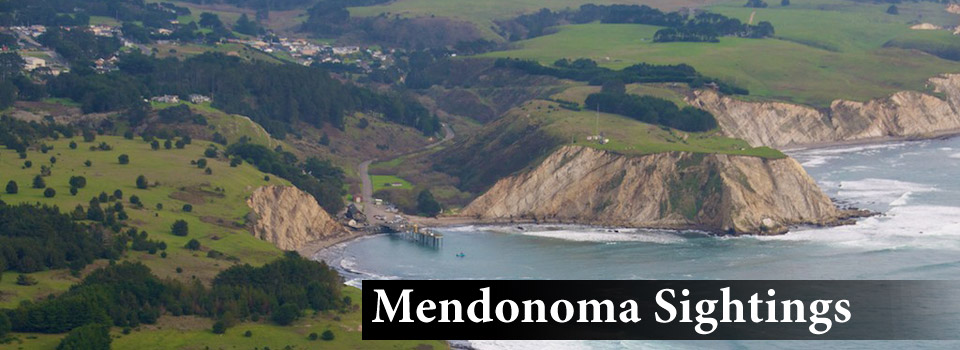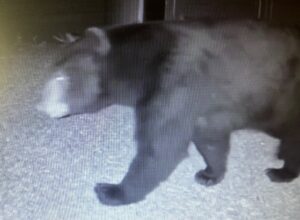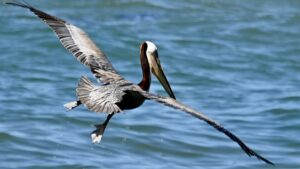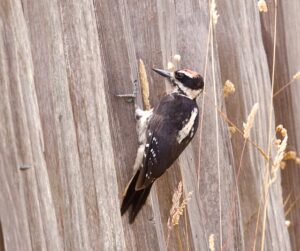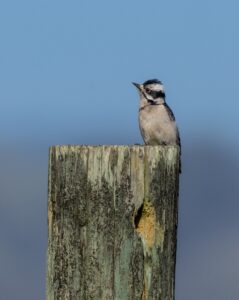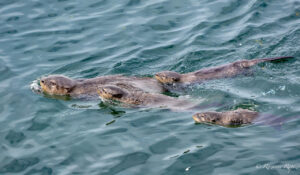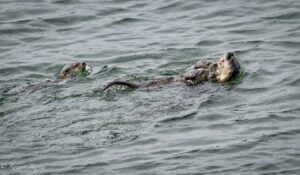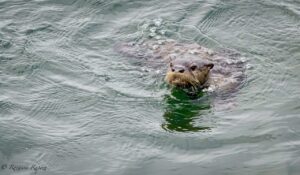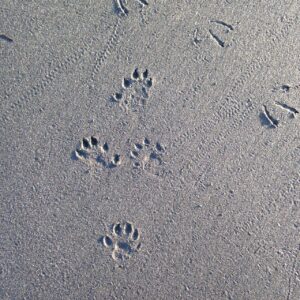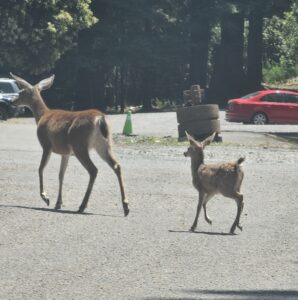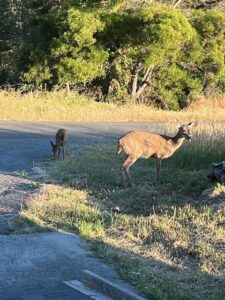We know several Black Bears live on the Mendonoma Coast. The proliferation of motion detector cameras/wildlife cameras gives us a peek at their nocturnal visits - this visit was on July 24, 2024.
Pat Whelan sent in two videos for us to enjoy. Once the bear disappears in the video, you can stop watching. I need to learn how to crop a video - soon!
Bear visit 7.24.24 courtesy of Pat Whelan
Bear leaving 7.24.24 courtesy of Pat Whelan
This sure looks like a healthy bear! Thanks to Pat for allowing me to share her videos with you here.
Same weather pattern, fog in the morning and mild temps in the afternoon.
